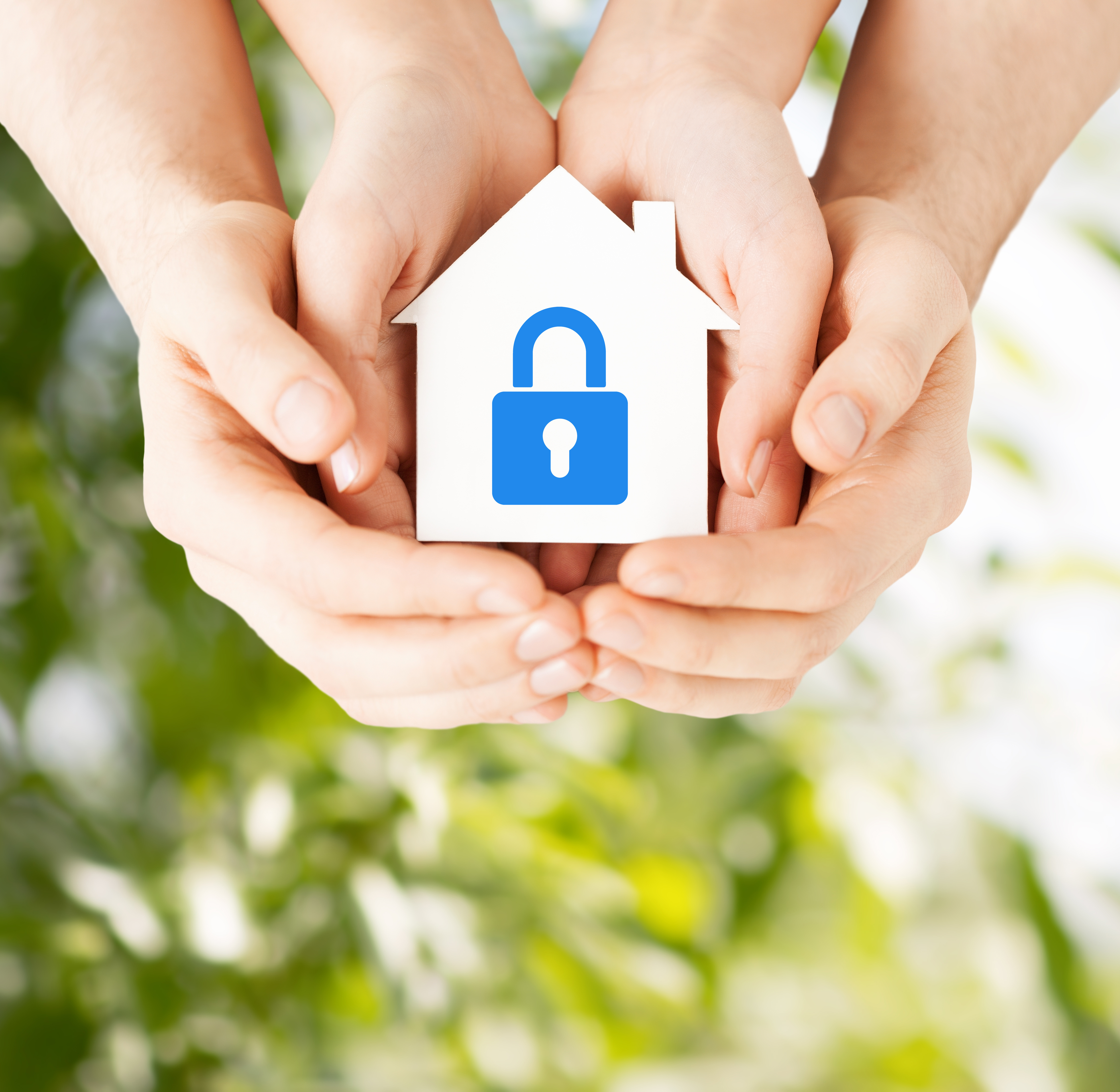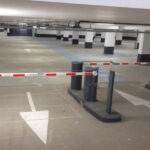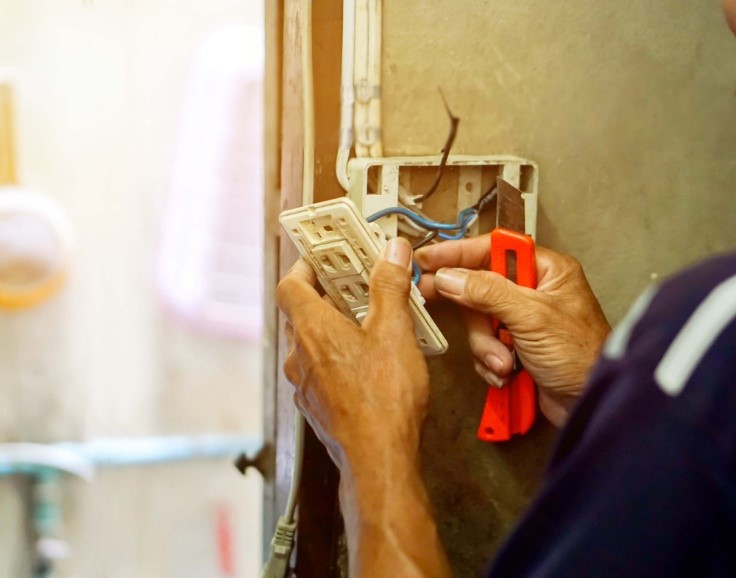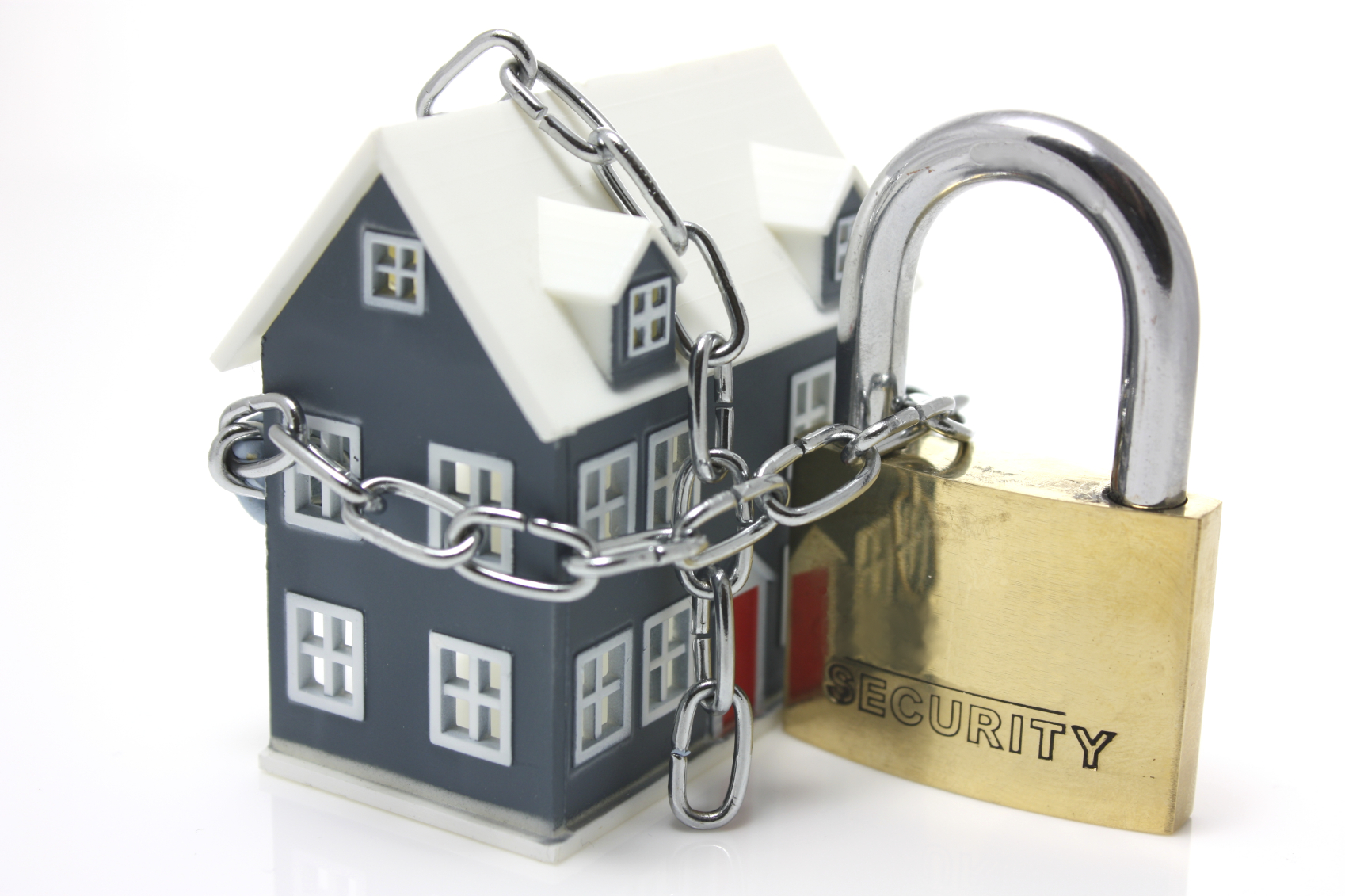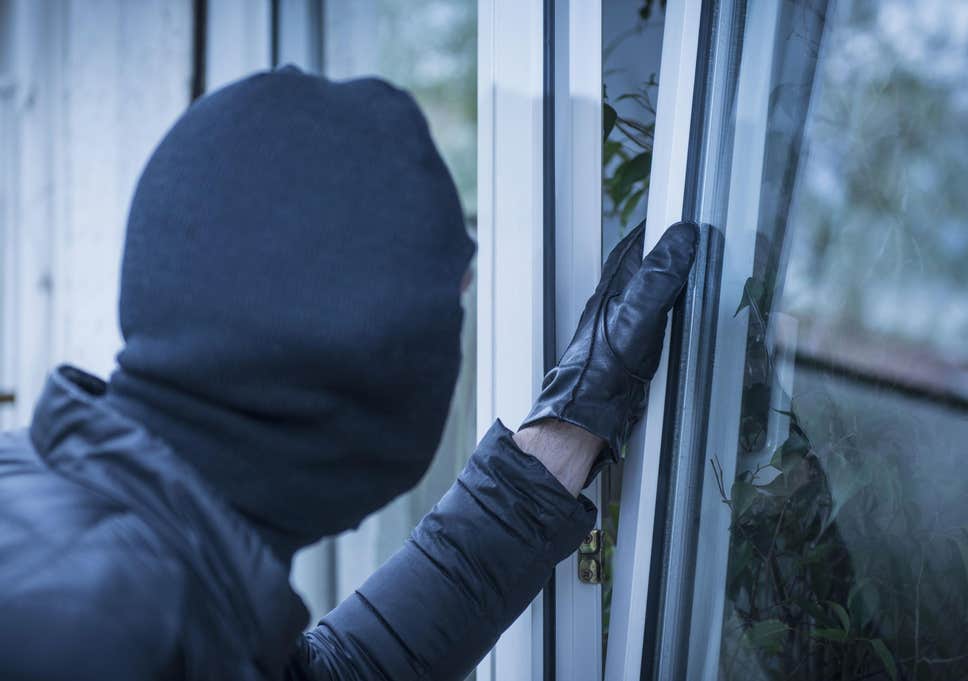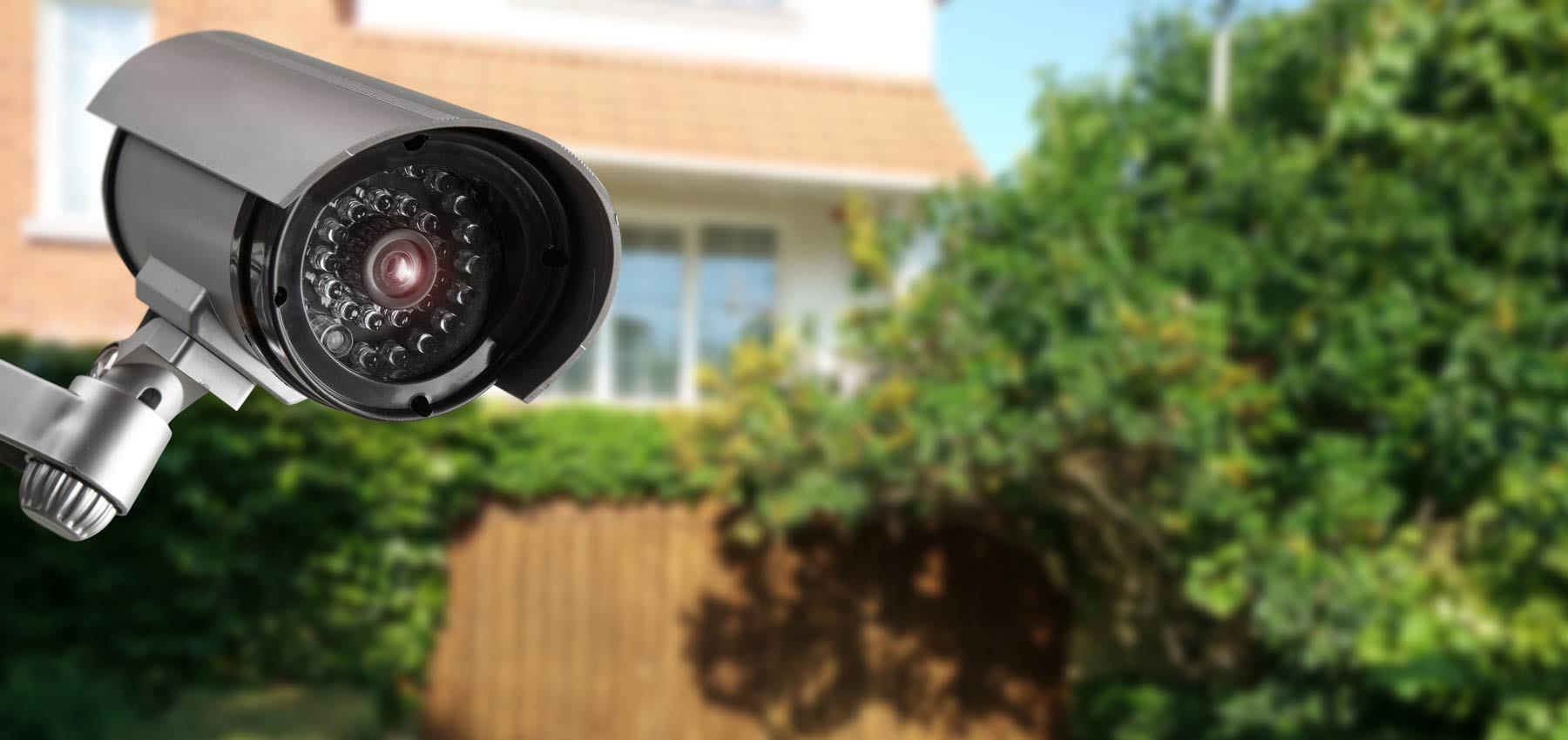Your home is your sanctuary. It’s where you feel safe, unwind after a long day, and make memories with loved ones. But how sure are you about its safety? With the rise in home burglaries and intrusions, it’s crucial now more than ever to take a proactive approach to home security. The good news is, I’ve spent a lot of time diving deep into the realm of home defense, and one resource that stands out is the bulletproof home defense book pdf. But before we jump into some of the gold nuggets I’ve found, let’s discuss some practical steps you can take right now.
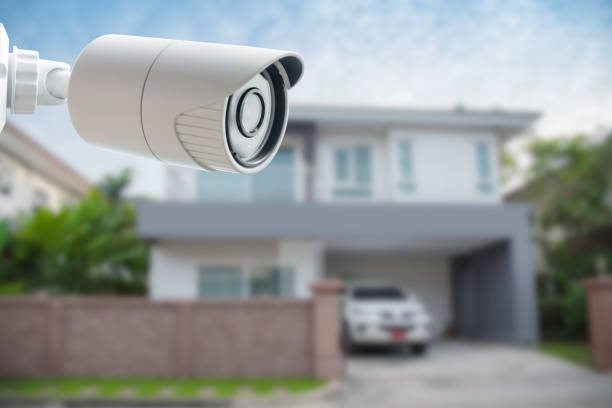
Content
1. Awareness is Key
Always be conscious of your surroundings. Take notice if there are unfamiliar cars parked near your home or strangers loitering around. In fact, in some of the most perilous regions globally, such as Afghanistan and Somalia, constant vigilance is what kept many homes safe during times of war. If it worked there, it’s worth incorporating some of that alertness here.
2. Strengthen Entry Points
Doors and windows are the main entry points for intruders. Reinforce your doors with deadbolt locks and make sure your windows have sturdy latches. If you’re particularly keen on DIY projects, this guide provides excellent tips on enhancing your home’s electrical security aspects.
3. Illuminate Your Property
Dark areas around your property can be hiding spots for potential burglars. Invest in motion-sensor lighting for the exterior of your home, especially near all entrances.
4. Invest in a Security System
With modern technology, you can easily monitor your home remotely. There are a myriad of systems out there, but did you know about the bulletproof home security system pdf? It offers a blend of traditional and contemporary tactics to fortify your home, ensuring maximum security.
5. Landscaping Matters
Keep shrubs and trees trimmed, especially near windows and entrances. Overgrown plants can offer hiding spots for burglars. Besides, a well-maintained landscape shows that the home is occupied and monitored.
6. Know Your Neighbors
There’s an old saying about the strength in numbers. Forming a community watch or simply being on friendly terms with your neighbors can act as a deterrent to potential intruders. Neighbors can alert each other about suspicious activity and keep a collective eye on the community.
7. Safekeeping Valuables
Consider getting a home safe or even renting a bank deposit box for extremely valuable items. If you’ve got items that are irreplaceable, they deserve an extra layer of protection.
8. Plan for Vacations
If you’re away, it shouldn’t be obvious to onlookers. Ask a neighbor to collect your mail, or put it on hold with the post office. Use timers for your lights and consider investing in smart home technology that allows you to control them remotely.
9. Educate Your Family
Everyone in the house, including kids, should be aware of basic security protocols. From not opening the door to strangers to ensuring windows and doors are locked at night, these habits can make a significant difference.
Lastly, if you’re keen on making your home not just secure but also environmentally friendly, check out how to transform your home into an eco-friendly paradise. After all, a home should be both safe and in harmony with nature.
Remember, safety starts with awareness and a proactive approach. With these tips and the right resources, you can make your home an impenetrable haven for you and your loved ones.
The Psychological Impact of a Safe Home
A fortified home goes beyond just physical safety; it also provides peace of mind. When we are certain of our home’s security, it significantly reduces anxiety and stress. The psychological effects of a break-in or even the mere fear of one can be profound. Children may develop phobias, adults might experience interrupted sleep patterns, and the overall family dynamics can change. The sanctity of personal space is invaluable. Feeling safe and secure in one’s own environment forms the foundation for mental and emotional well-being.
Modern Security vs. Traditional Practices
Throughout history, humans have adopted various methods to protect their dwellings. From moats around castles to watchdogs and night watchmen, there has always been a system in place. But as technology advanced, so did our methods of security. Today, we have a blend of traditional practices, like having a guard dog, combined with advanced tech solutions like surveillance cameras and alarm systems. Understanding and harmonizing the old with the new can provide comprehensive protection. It’s a balance of honoring time-tested methods while embracing modern innovation.
Landscaping for Security and Aesthetics
Landscaping, often overlooked, plays a dual role in home security. Firstly, as previously mentioned, trimmed shrubs and trees eliminate potential hiding spots. But there’s an aesthetic angle too. A well-maintained yard not only beautifies your space but also sends a message to potential burglars. It suggests an occupied home, where residents are attentive and vigilant. Intruders often prey on homes that appear neglected, assuming the security might be lax. A manicured lawn and pruned plants might just be the deterrent you need, serving both beauty and security.

I am Scott Miller and my love is writing about home improvement. I write mostly about home ideas, but also share some tips and tricks that can make your life easier when it comes to getting things done in the house.
